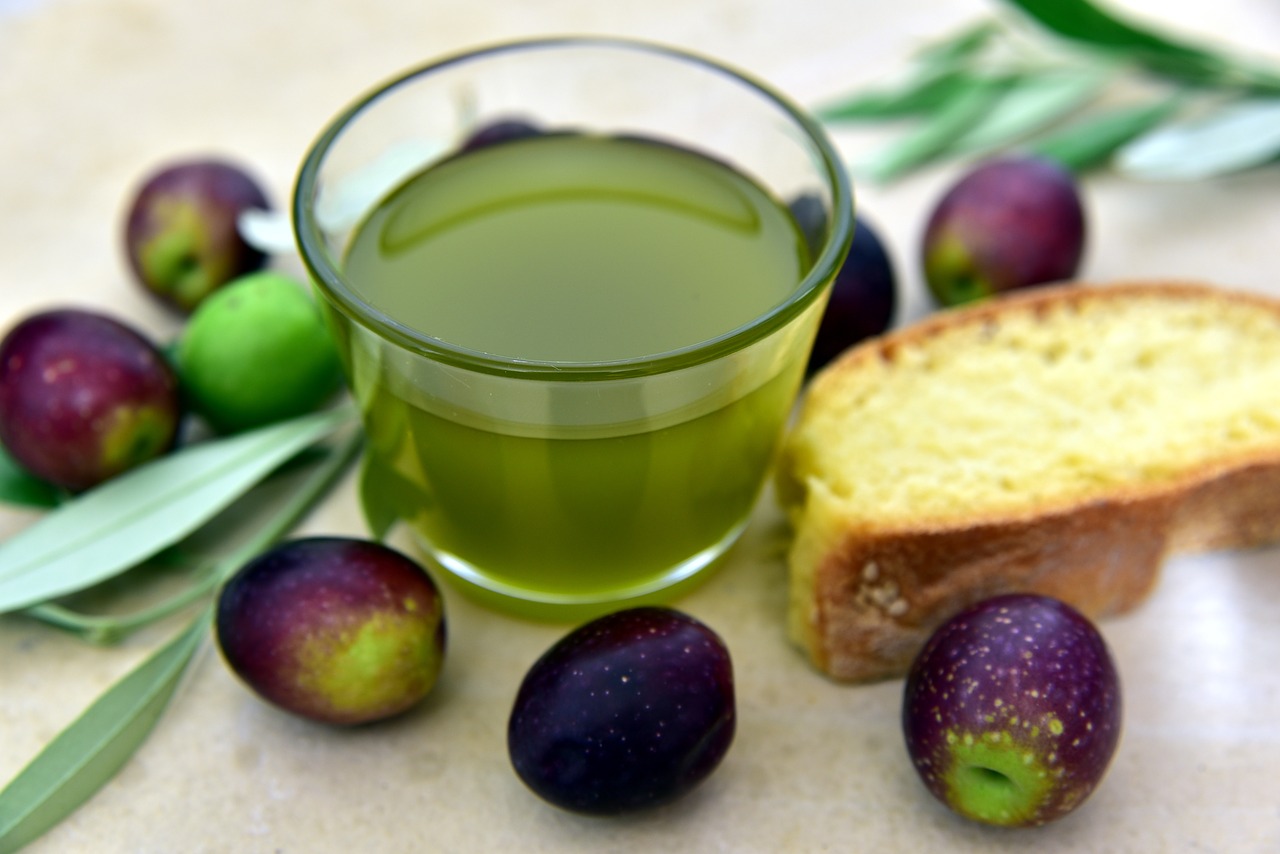
3 tricks to have an extra virgin olive oil with low acidity

Here at Villa Campestri Olive Oil Resort we produce a high quality organic extra virgin olive oil that comes from our age-old olive grove and is the fruit of our passion. In this article we reveal what are the 3 tricks to have an extra virgin olive oil with low acidity!
The characteristics of quality extra virgin olive oil
Purity and freshness of olive oil are essential characteristics for a quality extra virgin olive oil.
The definition of quality in olive oil production is based on the provisions of Regulation (EEC) 2568 dated 1991. The text is currently the reference point for the whole oil sector.
According to the legislation, olive oil can be classified into:
- Extra virgin olive oil;
- Virgin olive oils;
- Refined olive oil;
- Olive oil;
- Crude olive pomace oil;
- Refined olive pomace oil;
- Olive pomace oil.
There are many parameters required by law to evaluate the quality of olive oil.
Among all acidity is a very important parameter that gives us information on the quality of the olives. Attacks of fly, poor conservation and other defects on the fruit affect this parameter. The extra virgin must have an acidity lower than 0.8% but oils of excellent quality have values not higher than 0.1-0.2%. This is why it is important to keep the acidity of the oil low.
But what are the recommended procedures for obtaining an extra virgin olive oil with low acidity?
The 3 tricks to have an extra virgin olive oil with low acidity
Acidity (expressed as oleic acid) is the fundamental parameter for determining the quality of olive oil, being the main indicator of its purity and freshness.
The quality of olive oil depends strongly on the degree of decomposition of fatty acids in the oil. In fact, the deterioration of fatty acids bound in free fatty acids causes an increase in the acidity of the olive oil, with consequent qualitative decay.
The quality of olive oil can be influenced by many factors, such as:
- The maturation process;
- Unfavorable environmental conditions;
- Incorrect treatment of olives during harvesting;
- Improper storage of the olives before pressing.
To obtain an olive oil with low acidity it is therefore necessary to follow indispensable best practices in order not to alter the quality of the product.
Although we call them tricks are instead suggestions that we strongly recommend to follow if you want to get an excellent product.
Here are the 3 tricks to have an extra virgin olive oil with low acidity:
- Collect the olives in advance;
- Process them immediately (do not wait even 5 hours from the time of harvest at the time of pressing);
- Avoid excessively long kneading.
These simple precautions that may seem so trivial are ignored by many olive oil producers, thus obtaining low quality productions.
If you want to find out more about the world of olive oil come and visit us in the heart of Mugello to admire our 7 hectares of olive grove and taste our organic extra virgin olive oil, obtained from a manual harvest and with olives processed the same day at the mill our company!
Quick Booking snippet
Tuscany, an Italian region renowned for its cultural and historical wealth, is home to numerous UNESCO World Heritage Sites. These sites represent not just the architectural and artistic beauty of the region but also its significant historical heritage.
Italian cuisine, celebrated globally, is a mosaic of flavors and traditions. From the rolling hills of Tuscany to the bustling streets of Naples, each region contributes its unique essence to what we recognize as Italian cuisine. This culinary journey explores how history, culture, and regional diversity have shaped the renowned gastronomy of Italy.
Tuscany is world-renowned for its rich winemaking tradition, a heritage rooted in centuries of history and culture. In this detailed guide, which is like a true oenological journey, we will discover not only the fine wines of the region but also the traditions and landscapes that make Tuscany an unmissable destination for wine lovers.
In the heart of Italy, Tuscany stands out as one of the most emblematic regions for wine production. Famous for its landscape of gentle hills, cypress trees, and picturesque villages, this region is also a paradise for wine lovers. Tuscan vineyards, nourished by fertile soil and an ideal climate, produce wines that are appreciated worldwide […]
For those looking for a firsthand experience, the Agricultural Tourism Company Badia di Susinana offers horseback rides and trekking and riding courses with a guide, in addition to hospitality for horses and riders, located in Palazzuolo sul Senio. Alternatively, the Farm I Cavalli del Vento allows crossing beech forests and vast chestnut groves, with rides […]
Sport fishing in Tuscany offers a wide range of opportunities due to the abundance of inland and coastal waters in the region. Specifically, the province of Pistoia, with Lake Nievole in Serravalle Pistoiese, is renowned for trout fishing and other fish such as carp, grass carp, tench, and sturgeon, with a catch and release rule. […]
In Val di Chiana, to savor an authentic Chianina steak, there are several renowned restaurant options: 1. Ristorante Casa Cecco: Offers the chance to taste a Chianina steak in a farmhouse dating back to 1600. 2. Agriturismo di Trequanda: Here, Chianina meat, raised in local pastures and processed by the company’s trusted butcher shop, becomes […]
The Italian Quattrocento was a period of extraordinary artistic effervescence that produced numerous world-renowned artists. Among them, some of the most influential were: 1. Andrea Mantegna (1431–1506): A painter and engraver from Padua, famous for his frescoes in the Camera degli Sposi in Mantua.
